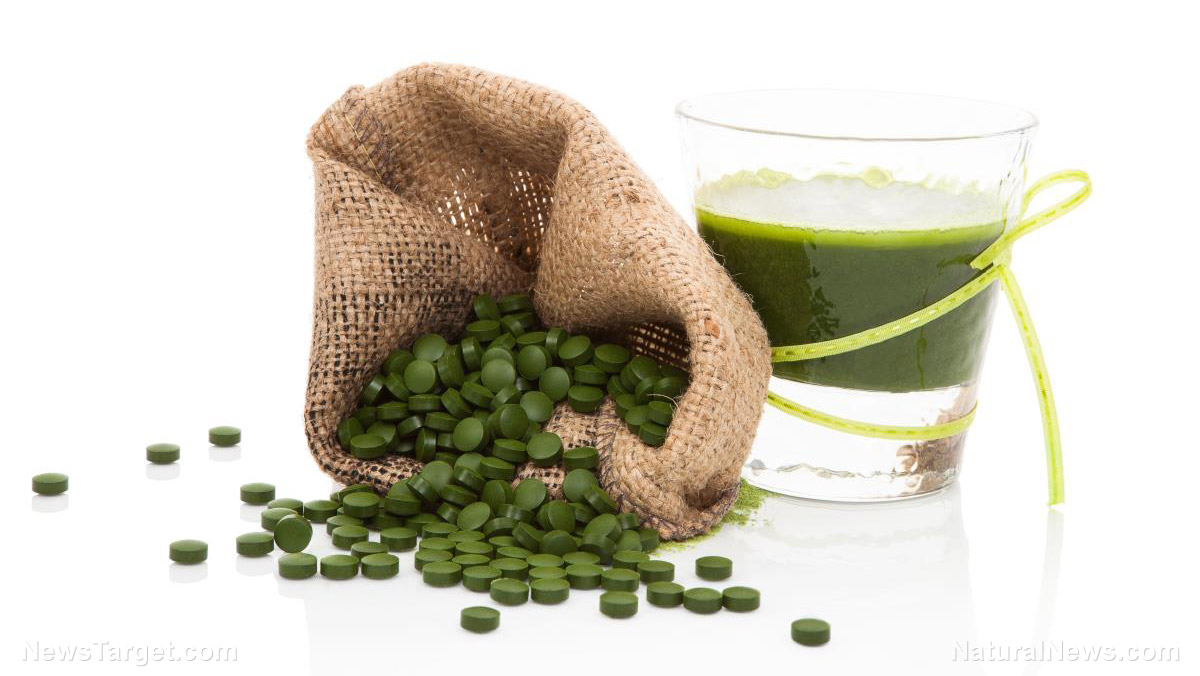
Reason 1: Wheatgrass is a rich source of chlorophyll
Wheatgrass is sometimes called “green blood,” conjuring images of dragons, elves, and witches. However, this name was given due to the grass being a rich source of chlorophyll.
Chlorophyll is the pigment that gives plants their vibrant green color, and is proven to have many healing functions, including hormone balance, detoxification, wound healing, and blood clotting.
The green pigment is also a potent anticancer agent for several reasons. First off, it helps clean and oxygenate the blood. Because cancer cells need anaerobic conditions to grow, chlorophyll makes it harder for these to thrive.
Second, chlorophyll reduces inflammation in the body. One study published in Inflammation concluded that chlorophyll reduced the production of pro-inflammatory cytokines -- a strong precursor for cancer.
Third, chlorophyll is one of Nature’s most powerful antioxidants. The pigment protects you against many carcinogens found in the environment and in food. A study from Oregon State University found that chlorophyll blocked the uptake of the carcinogen aflatoxin (a family of toxins produced by certain molds). Researchers of this study found that there was a dose-response relationship between chlorophyll and cancer prevention.
Reason 2: Wheatgrass is packed with more than 100 essential nutrients
Wheatgrass is loaded with many of the nutrients you need to be healthy. Not only does it contain only 15 calories for every 4 g of the item, it contains 1600 percent daily value (%DV) of vitamin E, 44 %DV of vitamin K, and 30 %DV of vitamin A, among others. Wheatgrass is also an excellent source of pantothenic acid (360 %DV) and B-complex vitamins.
Furthermore, wheatgrass is gluten-free, despite being the sprouted portion of the wheat plant. This means that whether taken as a powder, juice, or raw grass, anyone can take it without fear of side effects. (Related: Wheatgrass: a chlorophyll-rich superfood bursting with nutrients.)
Reason 3: Wheatgrass is a great alternative to toxic drugs
Researchers at German University in Cairo are exploring the potential of wheatgrass as an alternative to Methotrexate (MXT), a drug commonly used in conventional photodynamic cancer therapy. The researchers found that chlorophyll was able to induce cell death (apoptosis), comparable to MXT, but without the side effects.
MXT can sometimes result in DNA damage.
A 2017 study also found that wheatgrass was extremely effective at reducing oral squamous cell carcinoma.
Make sure that you are drinking safe and clean wheatgrass
Wheatgrass has an impressive nutritional profile, but its benefits may be negated if you source it from unreputable places. Make sure that you get your wheatgrass from a quality establishment and watch out for mold.
We recommend that you grow your own wheatgrass. This way, you know exactly what you are putting in your body.
Learn more about the healing foods that can stop cancer in its tracks at Cancer.news.
Sources include:
Please contact us for more information.























